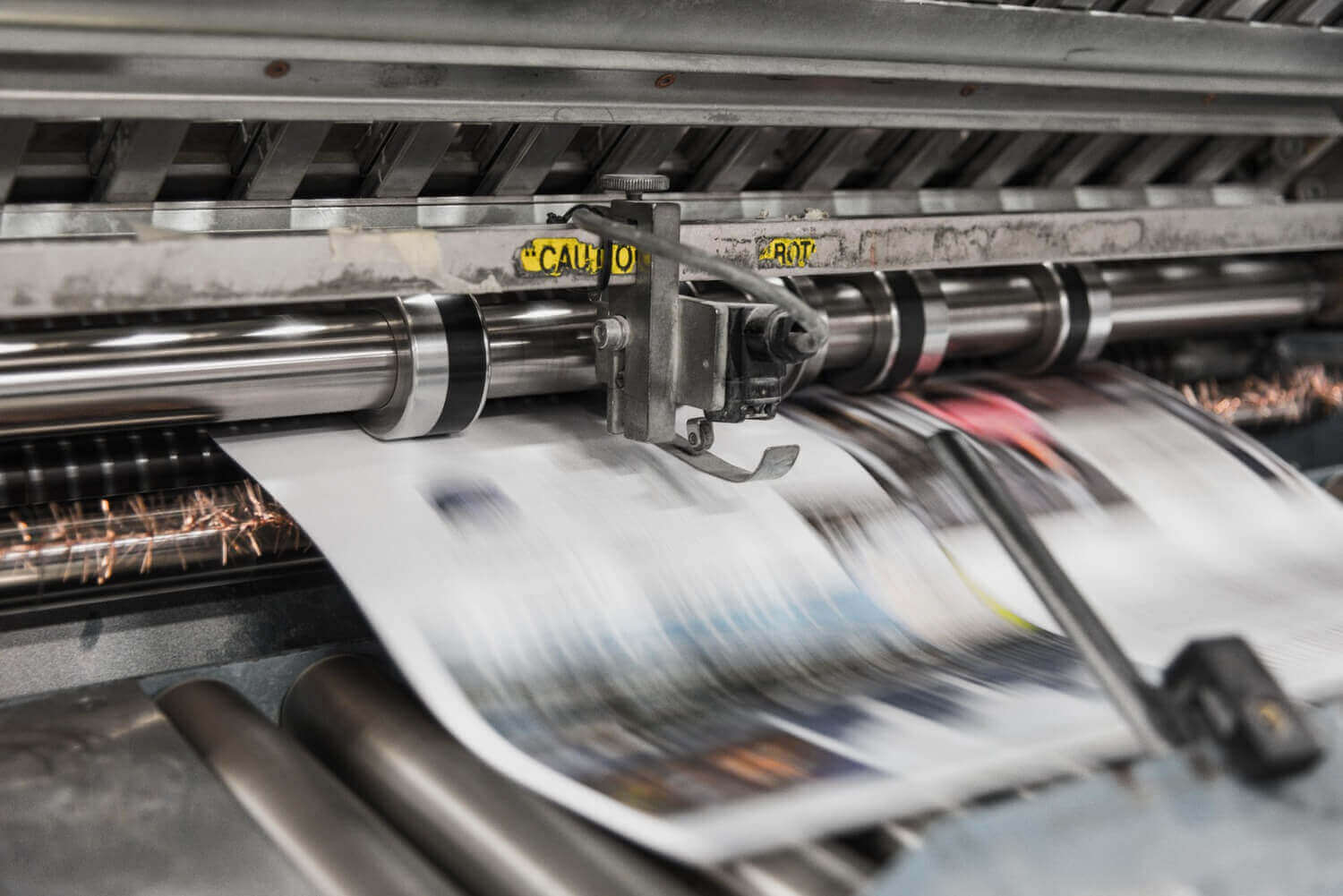Understanding Exactly How Digital Printing Transforms the Printing Sector
The printing market, long soaked in traditional methods, is going through an extreme makeover with the arrival of electronic printing. This innovative technology, which avoids the demand for printing plates, allows fast production and modification, reshaping the landscape of print communication. With its prospective to stimulate involvement through personalized material and to use lasting solutions, it's clear that digital printing is greater than a technical innovation; it's a pivotal game changer. But how exactly does it transform the market? Let's check out.
The Evolution of Digital Printing: A Brief Summary
Considering that its beginning, electronic printing has actually gone through significant transformations, consistently revolutionizing the printing industry. Its development started with the development of xerography in the mid-20th century, a procedure which laid the foundation for laser printers. With the advent of the 90s, electronic printing modern technology started to grow, and the market saw the introduction of straight imaging presses, which eliminated the need for publishing plates. As the new millennium unfolded, innovations in modern technology even more spurred the development of digital printing, bring about the creation of high-speed inkjet printers. These tools used superior top quality and speed, forever altering the landscape of the market. Today, electronic printing stands as a testimony to human advancement, continuously advancing to fulfill the ever-changing requirements of the modern world.

Unpacking the Modern Technology Behind Digital Printing
Delving right into the intricacies of digital printing innovation, one encounters a rich tapestry of sophisticated machinery and facility algorithms. At the heart of this process exists an electronic image, which is processed by software application that separates it into a grid of dots. This elaborate system, strengthened by advanced software and high-resolution imaging, has actually changed the landscape of the printing industry, paving the method for unmatched degrees of information and accuracy.

The Benefits of Digital Printing for Businesses
Recognizing the modern technology behind electronic printing supplies a clear Check Out Your URL picture of its precision and detail. Electronic printing is eco pleasant, utilizing less ink and generating much less waste. The full potential of digital printing is understood when made use of for personalization and personalization, a topic that will certainly be covered in depth in the next area.
The Function of Digital Printing in Customization and Personalization
While traditional printing approaches have problem with customization and personalization, electronic printing masters these areas. It allows for the very easy modification of designs, great post to read without the need for pricey and lengthy plate changes (print on demand). This makes it possible for services to tailor items to private customers, conference certain needs and boosting client complete satisfaction
Digital printing additionally allows for variable information printing, where components such as text, graphics, and images may be transformed from one printed piece to the following, without reducing the printing process. This is specifically advantageous for straight marketing projects, where tailored messaging can considerably improve reaction prices. By doing this, digital printing not only reinvents the printing sector however likewise changes the way services connect with their customers.
Analysing the Environmental Effect of Digital Printing
Although electronic printing has been lauded for its function in modification and customization, it is important to examine its environmental impact. Digital printing can be much less inefficient than traditional methods, since it operates on a 'print as needed' basis, getting rid of the demand for huge print runs that can cause excess and waste. Furthermore, it makes use of less chemicals and generates much less unpredictable natural substances (VOCs) contrasted to counter printing. Nonetheless, the power usage of electronic printers can be high, leading to increased carbon footprint. The usage of non-recyclable printing elements and the obstacle of e-waste monitoring present considerable environmental concerns. Therefore, while electronic printing has several benefits, its environmental impact has to be diligently handled.
Verdict
In verdict, digital printing has actually transformed the printing market, supplying rapid, economical, and high-quality services - print on demand. Comprehending these adjustments is go now crucial for companies to utilize the advantages of digital printing effectively.